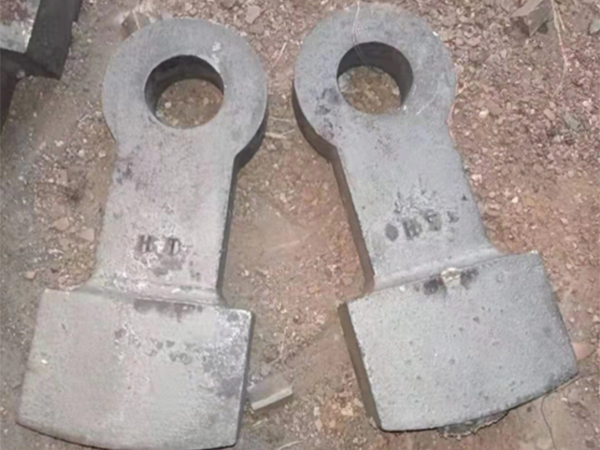Conclusion of Sand Casting An Overview of its Significance and Future
Sand casting, one of the oldest and most versatile metal casting processes, has a rich history and continues to be a pivotal technique in modern manufacturing. This conclusion will not only recap the essential aspects of sand casting but will also explore its significance in contemporary applications and its potential future developments.
To start with, sand casting is a process that involves creating a mold from a mixture of sand, clay, and water. This mold is then used to form metal objects by pouring molten metal into the cavity. The simplicity and cost-effectiveness of the sand casting process make it a popular choice for producing intricate shapes and large parts. Given its adaptability, sand casting is widely used across various industries, including automotive, aerospace, construction, and art.
Conclusion of Sand Casting An Overview of its Significance and Future
Moreover, the sand casting process entails relatively low initial costs, especially when compared to other casting processes like investment casting or die casting. This affordability enables small foundries and startups to enter the market without substantial financial investment, promoting innovation and competition. Furthermore, the materials used in sand casting are often reusable, as used sand can be reclaimed and reprocessed, making the process more environmentally friendly than many alternatives.
sand casting conclusion

However, sand casting is not without its challenges. While it excels in creating complex shapes, it often requires post-processing to achieve the desired finish and dimensional accuracy. The surface roughness associated with sand casting can be a drawback, particularly for applications demanding high precision. Additionally, the process can be labor-intensive and may involve longer lead times, particularly for large and intricate castings.
Looking toward the future, advancements in technology are poised to enhance the sand casting process. Innovations such as computer-aided design (CAD) and computer numerical control (CNC) machining are increasingly being integrated into sand casting operations. These technologies allow for better design optimization, improved mold accuracy, and greater efficiency in production. Furthermore, the rise of 3D printing technology is revolutionizing mold creation, enabling faster prototyping and the production of more complex molds with enhanced precision.
In parallel, the focus on sustainability is expected to shape the future of sand casting. The industry is increasingly moving towards more eco-friendly practices, including the use of sustainable sand materials and recycling processes that reduce waste. As environmental regulations tighten, foundries will need to adopt cleaner technologies to minimize their ecological footprint.
In conclusion, sand casting remains a cornerstone of the metal casting industry, celebrated for its flexibility, cost-effectiveness, and ability to create complex shapes. While it faces challenges regarding surface finish and labor intensity, ongoing technological advancements and a shift towards sustainability provide promising avenues for improvement. As industries evolve and new materials and techniques emerge, sand casting is likely to adapt and thrive, continuing to play a vital role in the production of a wide array of metal components for years to come.
Post time:dets. . 10, 2024 05:38
Next:investment vs sand casting
